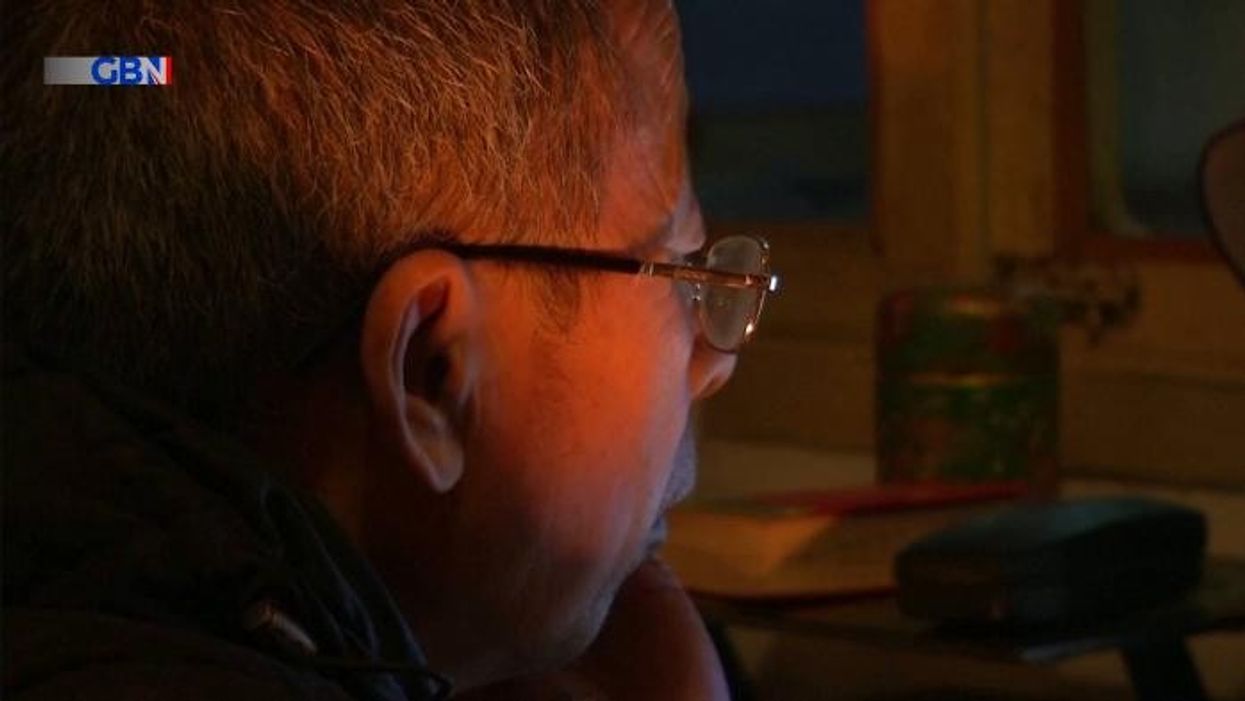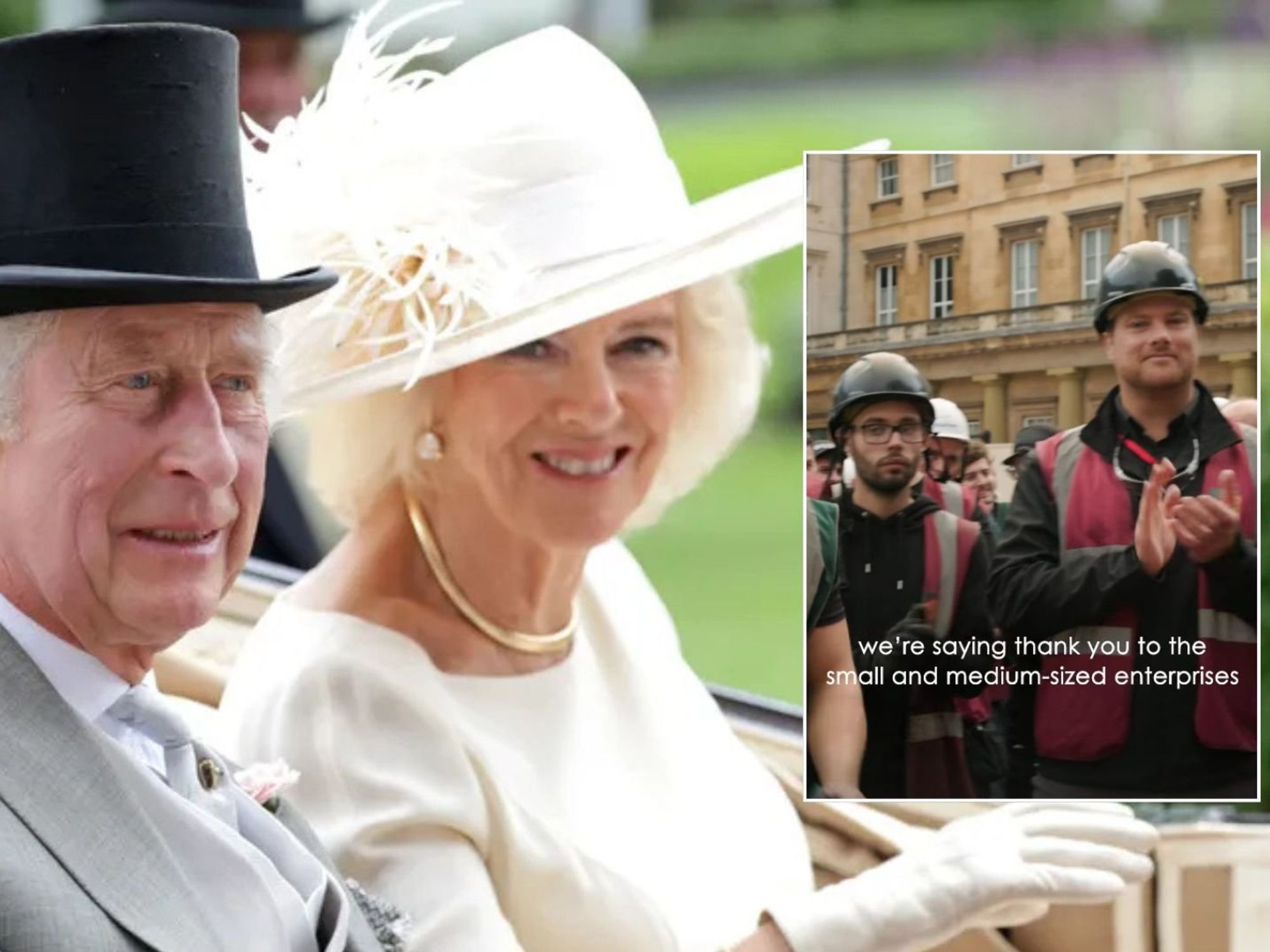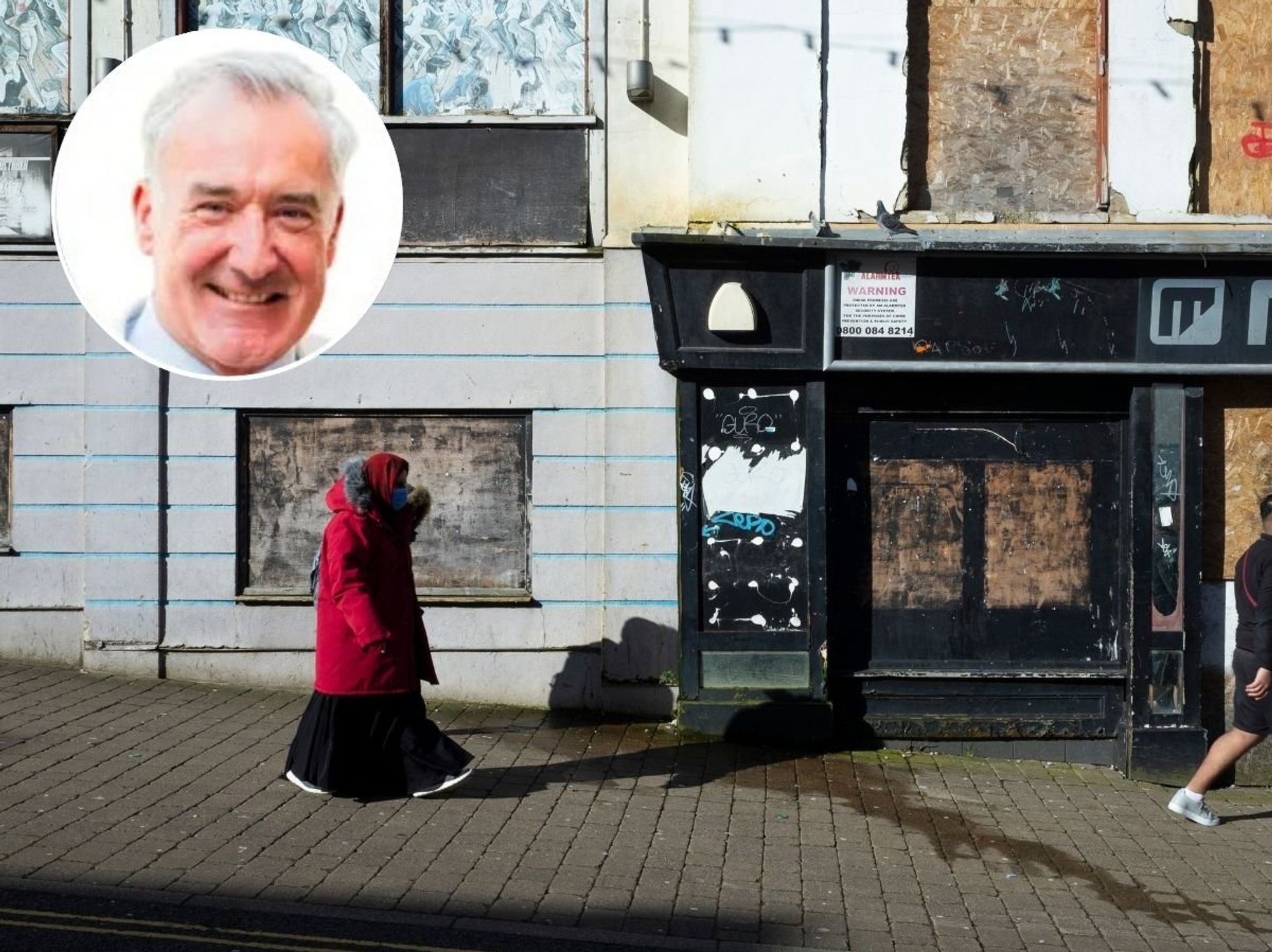Scans reveal 1,700 year old Roman egg could still have liquid inside

The egg was discovered in an excavation that took place between 2007 and 2016
Don't Miss
Most Read
An egg that dates back over a thousand years could still have liquid inside.
The 1,700-year-old egg from Buckinghamshire was found as part of an excavation.
Researchers from the University of Kent studied the sample and found that it contained liquid inside it as well as an air sac.
A micro CT scan produced a set of 3D images from inside the egg.
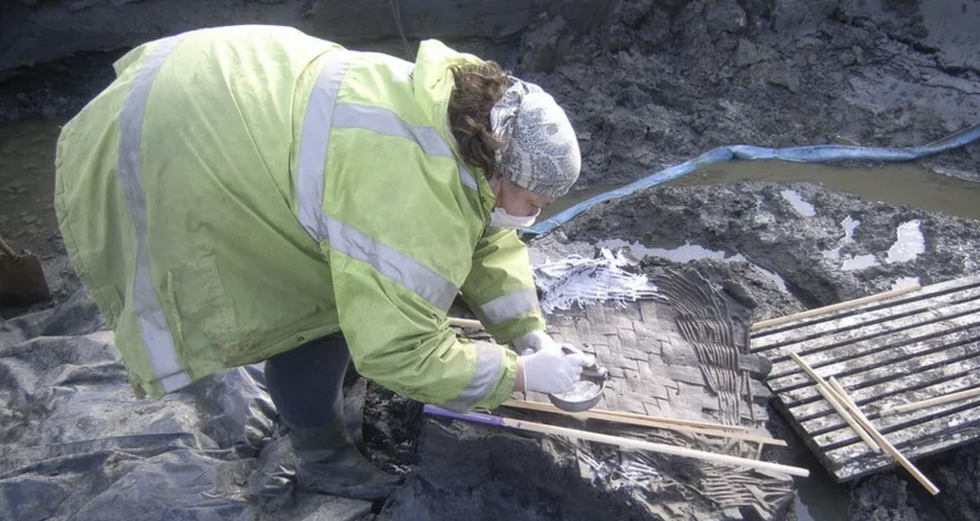
The excavation taking place
|Oxford Archaeology
The excavation that took place between 2007 and 2016 unearthed several eggs, some of which were unfortunately cracked during the process.
The breaking of the eggs meant they lost the specimens but also the broken eggs released a strong smell.
However, the one surviving egg has delighted researchers, saying there could be potential archaeological significance as a result of the find.
Senior project manager Edward Biddulph from Oxford Archaeology said: "It produced an amazing image that indicated that the egg, apart from being intact — which is incredible enough — also retained its liquid inside, presumably deriving from the yolk, albumen etc."
LATEST DEVELOPMENTS:
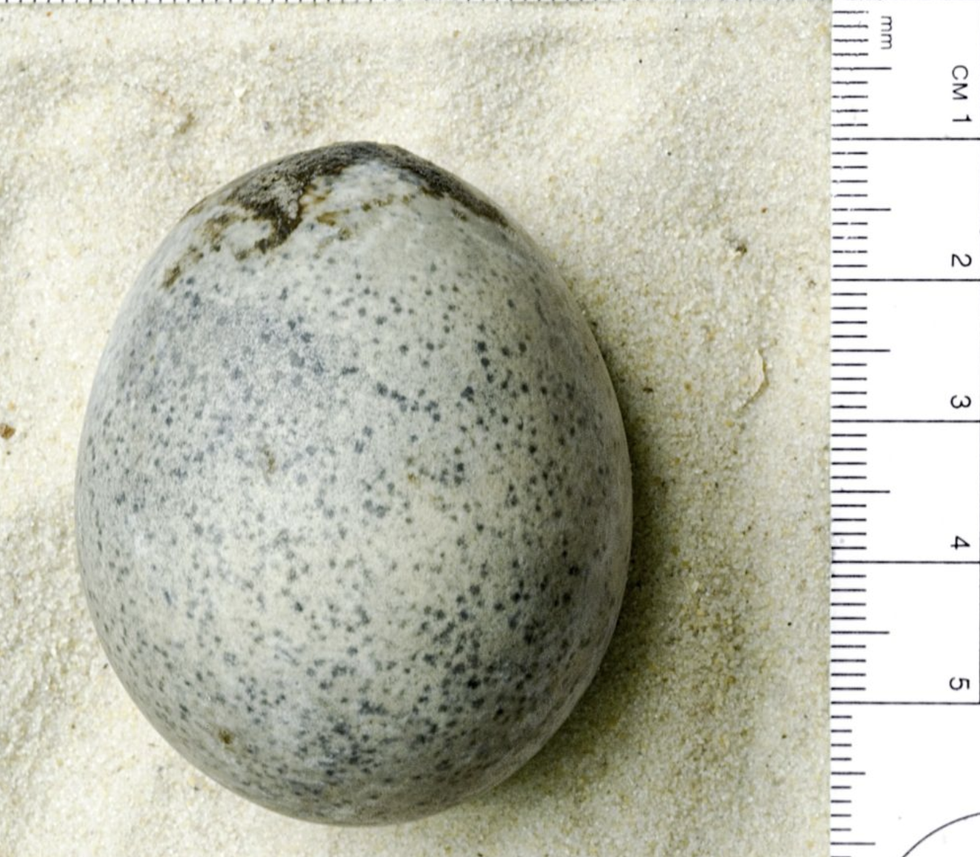
The egg was preserved
|Oxford Archaeology
Natural History Museum senior curator of birds’ eggs and nests Douglas Russell called it: "The oldest unintentionally preserved avian egg."
He added: "Going forward, it will be very exciting to see if we can use any of the modern imaging and analysis techniques available here at the museum to shed further light on exactly which species laid the eggs and its potential archaeological significance."
Russell said that there are older examples of intentionally preserved eggs, such as a series of mummified bird eggs from the catacombs of sacred animals in Denderah, Egypt, reports The Times.
The egg has now safely been returned to the Discover Bucks Museum in Aylesbury.
Biddulph was given the task of carrying the egg around the south, a task he said got a bit tricky at times.
He added: "[It was] a bit daunting walking around London with a 1,700-year-old egg...[it was] a bit hairy on the tube"


